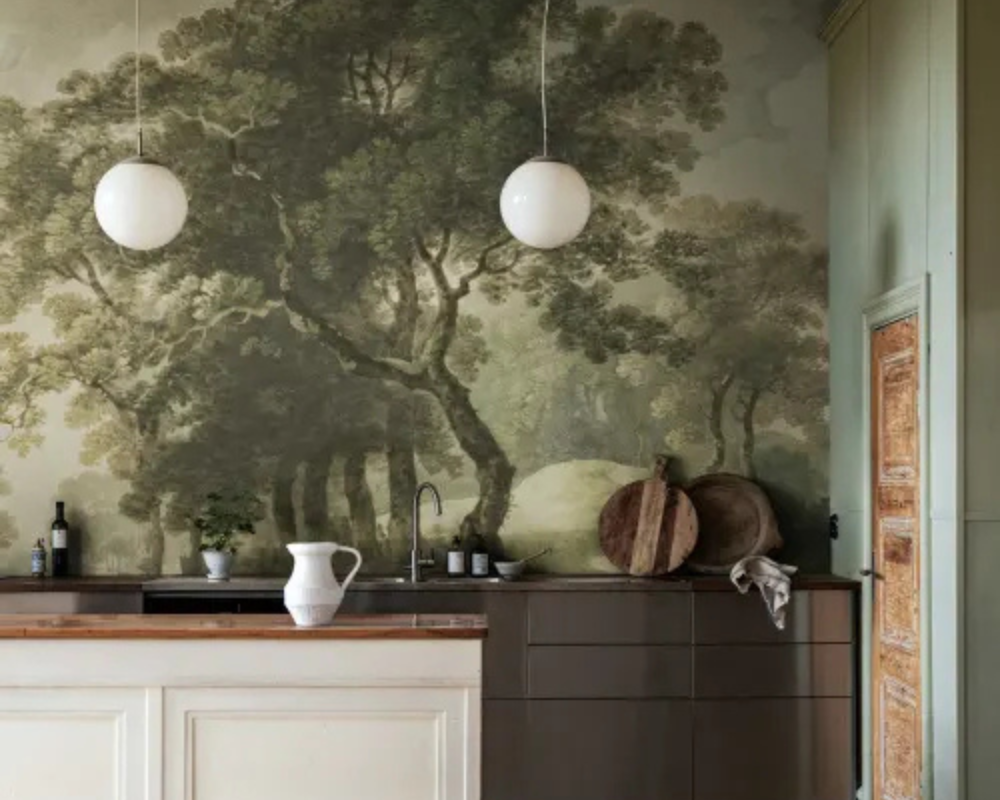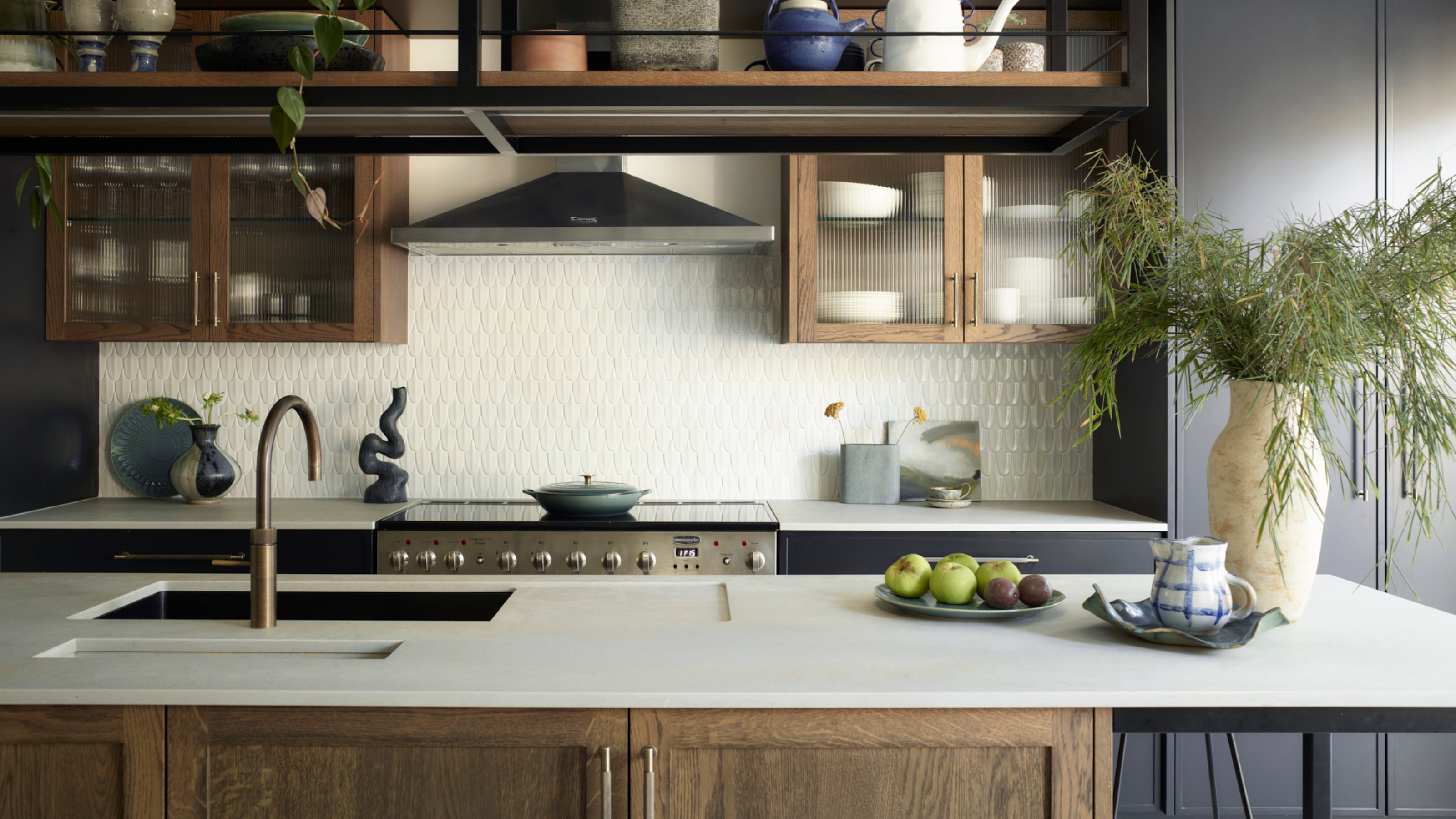Renovating a kitchen in New York City is no small task, and it comes with a unique set of challenges. Between limited square footage, strict building codes, and the need to maximize every inch of space, NYC homeowners face tough decisions when designing their dream kitchens. On top of that, staying ahead of the latest design trends without falling into dated traps can feel like an overwhelming balancing act.
To help NYC residents create kitchens that are not only stylish but also functional, Here’s a guide to outdated trends you’ll want to avoid in 2025—and smarter alternatives that are tailored for urban living.
All-White Kitchens
Few kitchen designs divide opinion quite like the monochromatic, all-white kitchen. While it once symbolized modern elegance, this look is rapidly losing its luster. All-white NYC kitchens often feel cold and uninviting, particularly in small apartments where visual warmth makes a big difference. Plus, they demand constant upkeep—foot traffic, city grime, and accidental spills can leave even the cleanest
kitchens looking tired in no time. What to Do Instead: Step away from all-white monotony and layer in natural warmth. Rich woods, earthy tones like deep greens or warm terracotta, and textured materials can create a more inviting vibe. For the typical compact NYC kitchen, this approach can help ground the space, making it cozy yet elevated. Solid wood or stone accents add character, while darker hues help camouflage the daily wear and tear that city kitchens endure.
Glossy Finishes
Glossy, reflective kitchen cabinets were once synonymous with sleek, modern design, but these shiny surfaces are no longer in vogue for NYC kitchens. Not only do they scratch easily, but their high-maintenance nature makes them impractical for busy city dwellers—and the look, frankly, feels dated. What to Do Instead: Matte-finished cabinetry is now the go-to for a more sophisticated, understated aesthetic. Adding texture through fluted wood or reeded glass-front cabinets can also elevate your kitchen’s design while maintaining functionality. For NYC apartments where light is precious, consider backlit reeded glass cabinets to create a soft, glowing ambiance. These alternatives bring depth to small spaces without overloading them with harsh reflections.
Sharp, Boxy Designs
Harsh lines and angular cabinetry were once all the rage, but kitchens filled with sharp edges and rigid layouts often feel unwelcoming. For NYC residents, where kitchens are often integrated into open-concept spaces, boxy styles can feel overly stark and clash with softer design elements in the home. What to Do Instead: Curves are taking center stage, offering a more fluid and inviting aesthetic. Rounded countertops, softer edges on islands, and curved cabinetry fronts soften the overall look of a kitchen while making it more approachable. These shapes
work particularly well in small NYC kitchen cabinets, where hard angles can feel cramped. Pair these curves with tactile finishes like brushed metal or ribbed wood to add sophistication without sacrificing functionality.
Oversized, Monolithic Kitchen Islands
For years, the kitchen island was considered a must-have, but oversized islands dominating the floor space simply don’t fit the NYC lifestyle. Many city dwellers are working with limited square footage, and a massive island can quickly turn into a space-waster rather than a helpful addition.
What to Do Instead: Opt for multifunctional kitchen islands scaled to fit your particular space. Smaller, sculptural islands with storage pull double duty as practical pieces and design highlights. For NYC apartments, where every inch counts, choose islands that include built-in shelves, pull-out dining surfaces, or even integrated charging stations. A compact, well-designed island can complement your space rather than overwhelm it, making it a functional centerpiece for both cooking and socializing.
Statement Appliances
Once considered a sign of luxury, statement appliances like brightly colored ovens or massive range hoods are moving out of the spotlight in 2025. These bold fixtures can often clash with the surrounding kitchen design, making them feel out of step with
today’s seamless, integrated styles. What to Do Instead: Modern NYC kitchens prioritize understated, concealed appliances that blend seamlessly into the cabinetry. Built-in ovens, vented stovetops, and integrated refrigerators streamline the look and keep the space feeling
cohesive—a crucial factor for small kitchens. For the ultimate in hidden storage, opt for pocket-door cabinets to tuck away coffee makers, toasters, and other essentials when not in use. This approach keeps your countertops clean and clutter-free, so your kitchen becomes a stress-relieving space rather than a messy work zone.
Light Oak Kitchens
The Scandi-inspired trend of light, blonde oak cabinetry might work in airy, suburban spaces, but in tighter NYC apartments, it’s losing its appeal. While light oak can create a breezy, minimalist atmosphere, it’s also become oversaturated in the
design world, making it less distinctive.
What to Do Instead: Bring in deeper, richer wood tones for a more sophisticated and enduring aesthetic. Warm walnut or mahogany tones add depth and contrast, creating a more individualized look perfect for city kitchens. Pair these materials with
bold natural stone countertops in deep greens, blacks, or even lava stone for a contemporary touch that feels upscale rather than overly trendy.
Designing for NYC Kitchens
When creating your ideal NYC kitchen, striking the balance between style and practicality is key. Space constraints, foot traffic, and the buzzing energy of city living demand smart, considered design choices. By avoiding these outdated trends and leaning into materials, textures, and layouts that offer functionality and timeless appeal, you can create a kitchen that works for you now and for years to come.
Whether you’re renovating a pre-war gem in Washington Heights or a sleek studio in Chelsea, remember that the success of your kitchen rests in the details. Choose thoughtful designs, prioritize durable materials, and think long-term—it’s the New York way.







